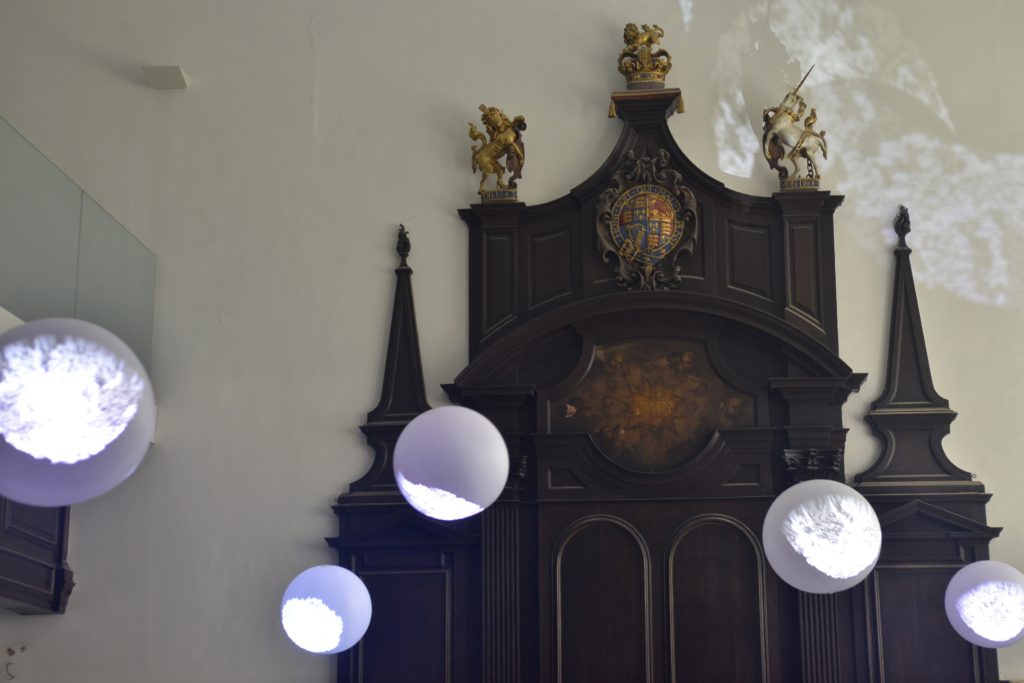People
What I’m Buying and Why: Collector Alan Lo on His Most Expensive Acquisition and the Pros and Cons of Being an ‘Impulse Purchaser’
Top collectors share their strategies (and obsessions).

Top collectors share their strategies (and obsessions).

Tim Schneider

A version of this story originally appeared in the fall 2019 Artnet Intelligence Report.
Alan Lo, cofounder of the Classified Group of restaurants in Hong Kong, reveals which artists he’s got his eye on and where he looks for new treasures.
What was your first acquisition?
A Wang Guangyi sculpture at Christie’s in 2008—way before all the big international dealers came to town.
What was your most recent acquisition?
Two small works on paper by Samson Young, a Hong Kong-based artist who focuses on sound. I don’t have a museum, so it’s a little difficult to buy his installations. He finally made some work that, sizewise, was manageable for a domestic situation.
What are you hoping to add to your collection this year?
Maybe Cecily Brown, maybe Ed Ruscha. I went to see the Sanya Kantarovsky show at Luhring Augustine in New York, which was really nice. So maybe him.
What is the most expensive work of art that you own?
A Sterling Ruby collage-on-canvas work from his “BC” series from 2012. It was maybe a quarter million US dollars.
Where do you buy art most frequently?
Art fairs. You can do it any day of the year at a gallery, but fairs do guarantee a [high] level of quality. Dealers who go to Art Basel in Basel will always bring their “A” game.
Is there a piece you regret purchasing? If so, why?
It was a work by a then-very hot, emerging artist—according to the gallery—three or four years ago. I wasn’t applying a great amount of discipline in terms of how I buy. I tend to be a bit of an impulse purchaser. It doesn’t help when you’re under pressure at a fair or auction house and you have about 10 minutes to decide.

Nadim Abbas, Human Rhinovirus 14 (2016) at Duddell’s London. Courtesy of Alan Lo.
What work do you have hanging above your sofa?
A Tomoo Gokita canvas work, the two Samson Young works I recently bought, and also a collage by Shinro Ohtake, a Japanese contemporary artist in his 60s.
What is the most impractical work of art you own? What makes it so challenging?
Nadim Abbas’s Human Rhinovirus 14. It consists of several industrial fans that blow beach balls into the air to interact with a video projection of enlarged virus imagery. We showed it in London briefly before we opened a restaurant, but now it’s in storage.
What work do you wish you had bought when you had the chance?
I probably had opportunities to acquire very high-quality Gutai works a few years ago, and I just wasn’t paying enough attention.
If you could steal one work of art without getting caught, what would it be?
The On Kawara room at Dia:Beacon.
A version of this story originally appeared in the fall 2019 Artnet Intelligence Report. To download the full report, which has juicy details on the most bankable artists, a look at how the art market has changed over the past 30 years, and a deep dive into the shrinking business of auction guarantees, click here.